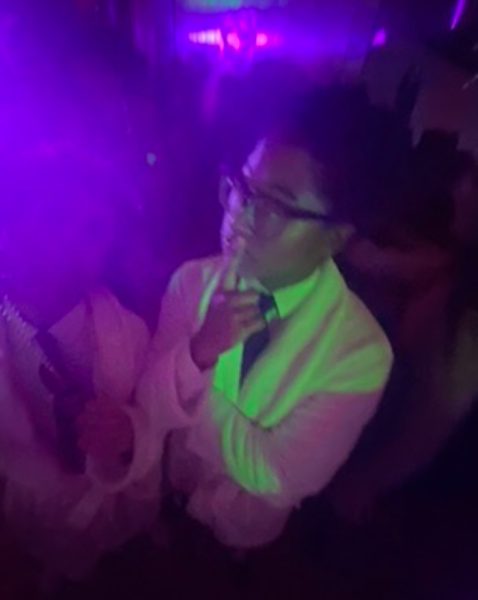Females in Film
Females are fighting for representation and non stereotypical settings across the film industry.
Despite recognizing this problem for decades, statistics barely show any improvement.
In the past year women made up only 18 percent of directors, 11 percent of writers, 25 percent of all producers, 16 percent of editors, 3 percent of composers, and 4 percent of cinematographers. When women appeared in movies, most of the time it was in sexually revealing clothing. A study, conducted by Stacy L. Smith, found that around 40 percent of teenage girls were shown in sexy attire compared to 6.7 percent of teenage boys; meaning that female teenagers on screen have become hypersexualized. Also, when females have starred in lead roles they still did not earn as much as their male counterparts. The highest paid actress earned 26 million in 2017 compared to the male equivalent of 68 million.
People of Color are majorly underrepresented across the film industry and on average earn less than their White counterparts. The highest paid actor in 2017, Mark Wahlberg, and actress, Emma Stone, were White. More recently, Octavia Spencer and Jessica Chastain, well known for their roles in the movie The Help, fought together to earn equal pay in their upcoming comedy and are, in turn, raising awareness about the lack of pay equity in the film industry.
Moreover, only 10.8 percent of female teen characters are Black. 6.1 percent of these same characters are Asian, while only 3.8 percent were Latina. These statistics do not state whether the characters were played by an actress of the same race and ethnicity.
The LGBT*Q+ community is practically left out of the film industry. Out of 947 female teen characters featured in 2016’s top films, only three identified as gay and one as bisexual; there were zero lesbian, transgender, and queer characters. In 2015 and 2016 from the age group 6-20 not one LGBT*Q+ female was featured in 200 popular films. The lack of strong female characters in the LGBT*Q+ community leaves a major hole in the film industry but also in the hearts and minds of those who are struggling with coming out or accepting their sexuality- they have no character to look up to compared to all the White, straight cisgender characters portrayed on screen.
These statistics have been proven through multiple reputable sources yet they are all missing one major aspect: they exclude all genders except for male and female. These statistics do focus on underrepresentation of female actresses and the underrepresentation of certain characters- but only male versus female actors and characters. They are heteronormative, and only focus on two genders. They must be re-analyzed to address that females, female people of color, and females in the LGBT*Q+ community are are not the only groups inadequately represented in film; they must include non-binary, queer, and other gender identities.
These statistics also do not include whether the actresses who played their respective characters were of the same race, ethnicity, sexuality, and gender identity of their character. For example, films can cast transgender actresses playing transgender girls or they can cast a cisgender actress to play a transgender or cisgender girl.
Other times, actors who identify as non-binary are often cast as the gender society assumes they are. Amandla Stenberg, a famous actor who identifies as non-binary is famous for their role as Rue in The Hunger Games, and the lead role in Everything, Everything. Amandla is only cast for characters who appear to identify as female- this could be because society frequently misuses their pronouns and calls Amandla “she” and “her” and assumes they identify as female because of their body features.
Overall, it is important to acknowledge that females, people of color, and the LGBT*Q+ community are inadequately represented throughout films, but to also understand that most statistics surrounding the film industry focus on only two genders- male and female- and how that needs to be changed.
Progress is being made- the movie Black Panther comes out on February 16th featuring Marvel’s first Black superhero. Audiences around the world are excitedly waiting for the release date as it is anticipated to be one of Marvel’s best motion pictures. Black Panther is a crucial film; people expect it will be a turning point for the film industry and a movie that will be emulated in the future.
Hollywood needs to focus on including actors and characters of different gender identities in film to show and create respect for those who feel belittled because of the lack of representation of their identity throughout media and in society as a whole. By doing this, film can create a more equal and safer space for everyone of every gender identity. Everyone will have a role model that looks and identifies like them throughout motion pictures.














